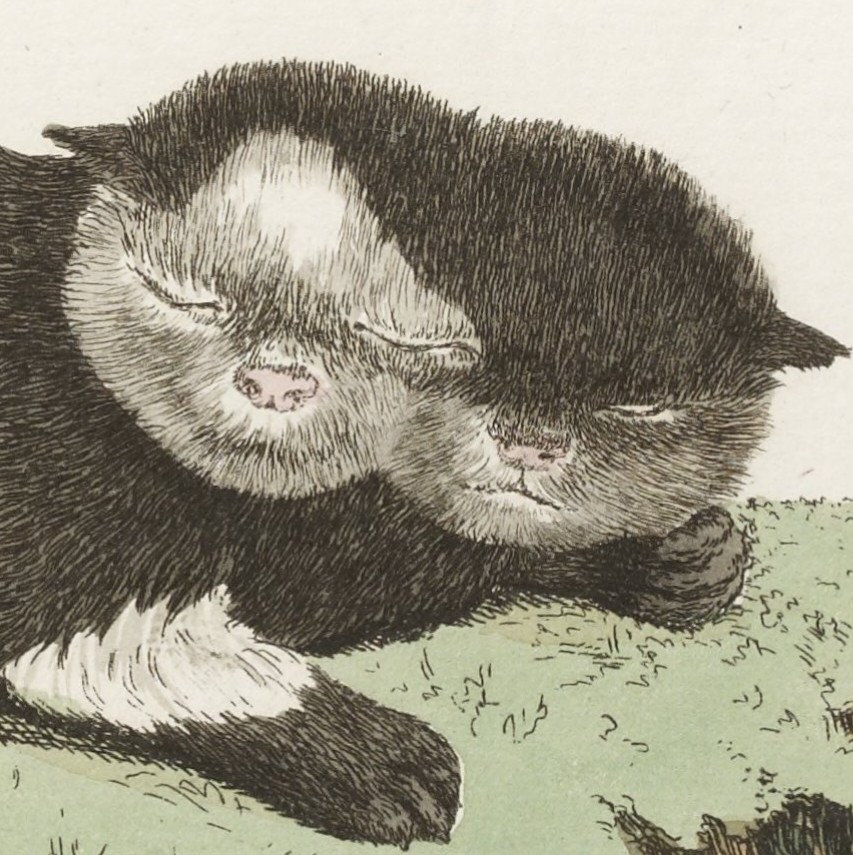Think “you wake up in the woods naked,” Dr. Stone-style tech reset. How could humans acquire a 1-gram weight, a centimeter ruler, an HH:MM:SS timekeeping device, etc. starting with natural resources?
My best guess was something involving calibrating a mercury thermometer (after spending years developing glassblowing and finding mercury, lol) using boiling water at sea level to mark 100 ° C and then maybe Fahrenheit’s dumb ice ammonium chloride brine to mark -17.7778 ° C, then figuring out how far apart they should be in millimeters on the thermometer (er, somehow). I can already think of several confounding variables with that though, most notably atmospheric pressure.
I feel like the most important thing to get would be a length measurement since you can then get a 1 gram mass from a cubic centimeter of distilled water.
That’s as far as I got with this thought experiment before deciding to ask the internet. I actually asked on Reddit a while back but never got any responses.


if you have both liquid and solid water at equilibrium then you have zero degrees Celsius. Pressure has minimal effects …at plus or minus 0.5 atmosphere. of course if you go to a hundred or a thousand atmosphere then there is an effect of pressure.
Small pieces of ice will equilibrate their temperature faster in water.
Surface tension has minimal effect on melting temperature unless you go to extremely small pieces of ice meaning less than one micron, …which is not possible to achieve anyway because such small ice pellet with fuse rapidly to form larger ones.
Ah, so at sea level a bucket of ice water would make a decent approximation of 0 ° C, then, I suppose.
Didn’t know really tiny ice particles spontaneously fused, this is neat to know
Yes a bucket of a mixture of small ice pellets, say a few millimeter size, plus water, (this bucket being enveloped with some insulation) would be a great zero degrees Celsius reference point.
if you want something more precise you can read this :
https://en.m.wikipedia.org/wiki/Celsius
isotopic distribution of heavy and light elements in water also has a very slight effect on melting point. So, rainwater and water distilled from ocean will not melt at the (exact) same temperature.
See : Vienna Standard Mean Ocean Water https://en.m.wikipedia.org/wiki/Vienna_Standard_Mean_Ocean_Water
Now, about small particle fusing together this is true not only of ice but of any material.
it’s called sintering and it is caused by diffusion and a lowering of the surface energy.
This process is faster when the material is near it’s melting temperature and faster yet if in contact with any miscible liquid phase.